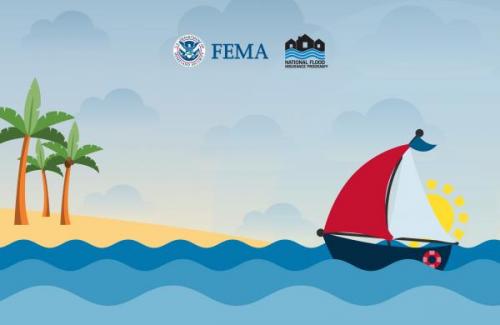Life is full of changes and one thing that's been changing is the cost of flooding. With flooding happening more frequently, doing an insurance checkup can help you to identify uninsured and underinsured clients before a storm approaches. Reaching out to your current clients and offering an annual insurance checkup is a great way of ensuring they get the protection they need from flooding.
- Renters Flood Protection
Do your clients rent or lease their homes? If your clients aren't homeowners, they might consider a contents-only policy. While their landlord may have flood insurance, your client would still take a hit in the event of a flood. The NFIP offers up to $100,000 in contents-only coverage that can be used for personal belongings like clothing and furniture, clothes washers and dryers, and even certain valuables like furs and jewelry (up to $2,500). - Basement Flood Protection
Your clients might not realize it, but many things in their basements might not be covered. When discussing how flood insurance might benefit them, make sure to be clear about what's covered in a basement. Things like central air conditioners, electrical outlets, furnaces, sump pumps and hot water heaters are covered only if they're installed and connected to power. - Everyone Has Flood Risk
Flood insurance is required when a home is located within a Special Flood Hazard Area (SFHA) and has a federally backed mortgage. But that doesn't mean lower-risk areas don't need insurance; in fact, anywhere it can rain it can flood. Everyone has some flood risk.
When reviewing your clients' unique coverage needs, remember that a National Flood Insurance Program (NFIP) policy has a 30-day waiting period before coverage begins. That means by the time your clients can see the storm, it's too late to get insured against its damage. There are exceptions to the rule, but by and large it's a good idea to review your clients' coverage as the stormy summer begins.
For all your flood insurance needs, and to ensure your clients have up-to-date information, follow the NFIP on LinkedIn and register for email updates.

